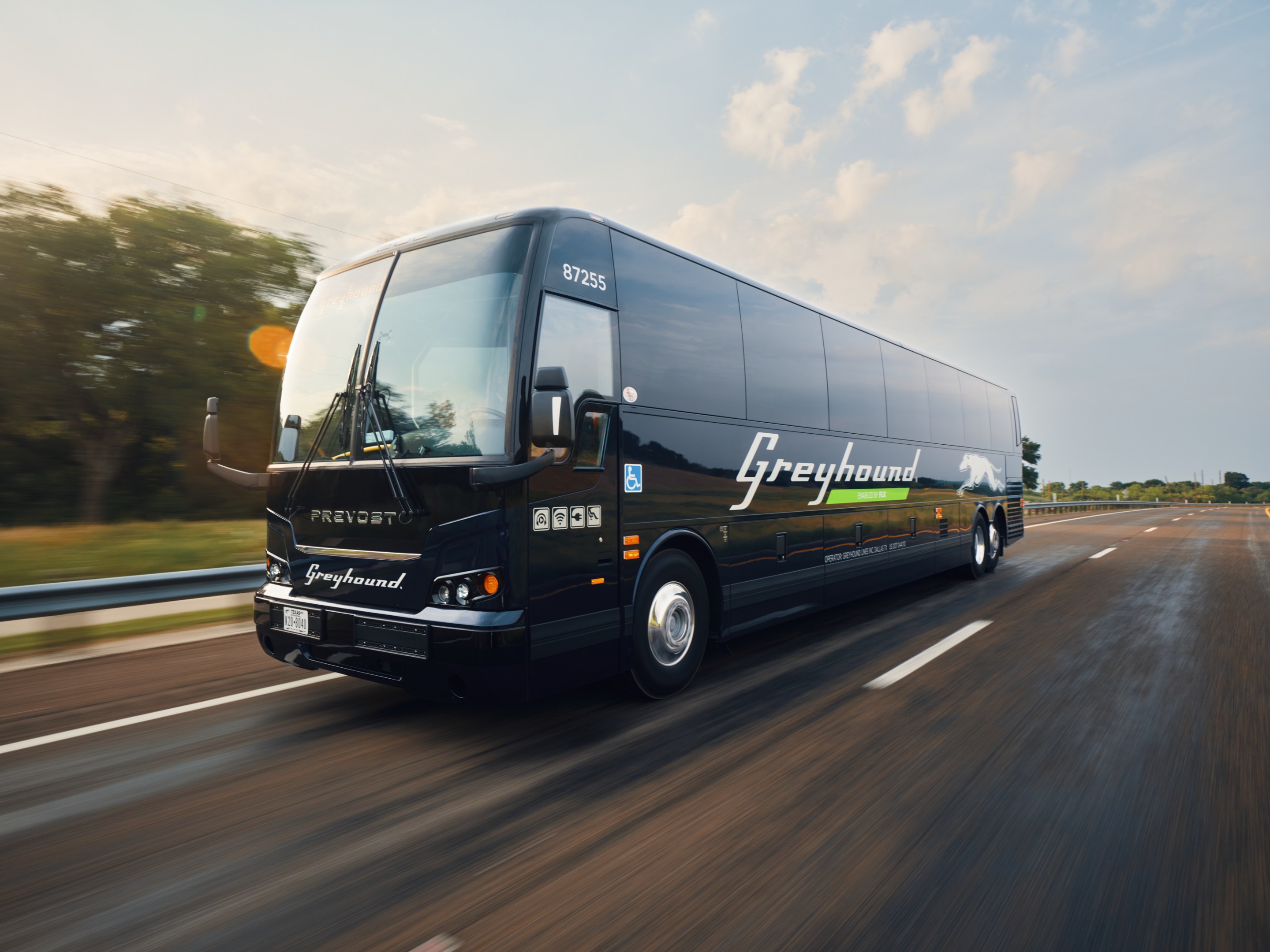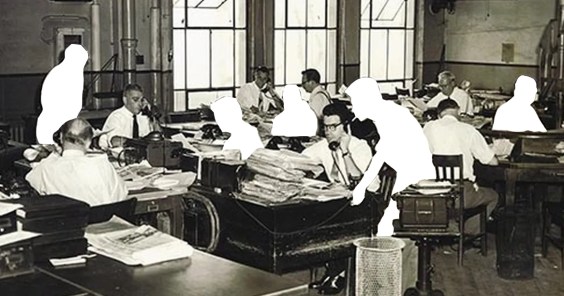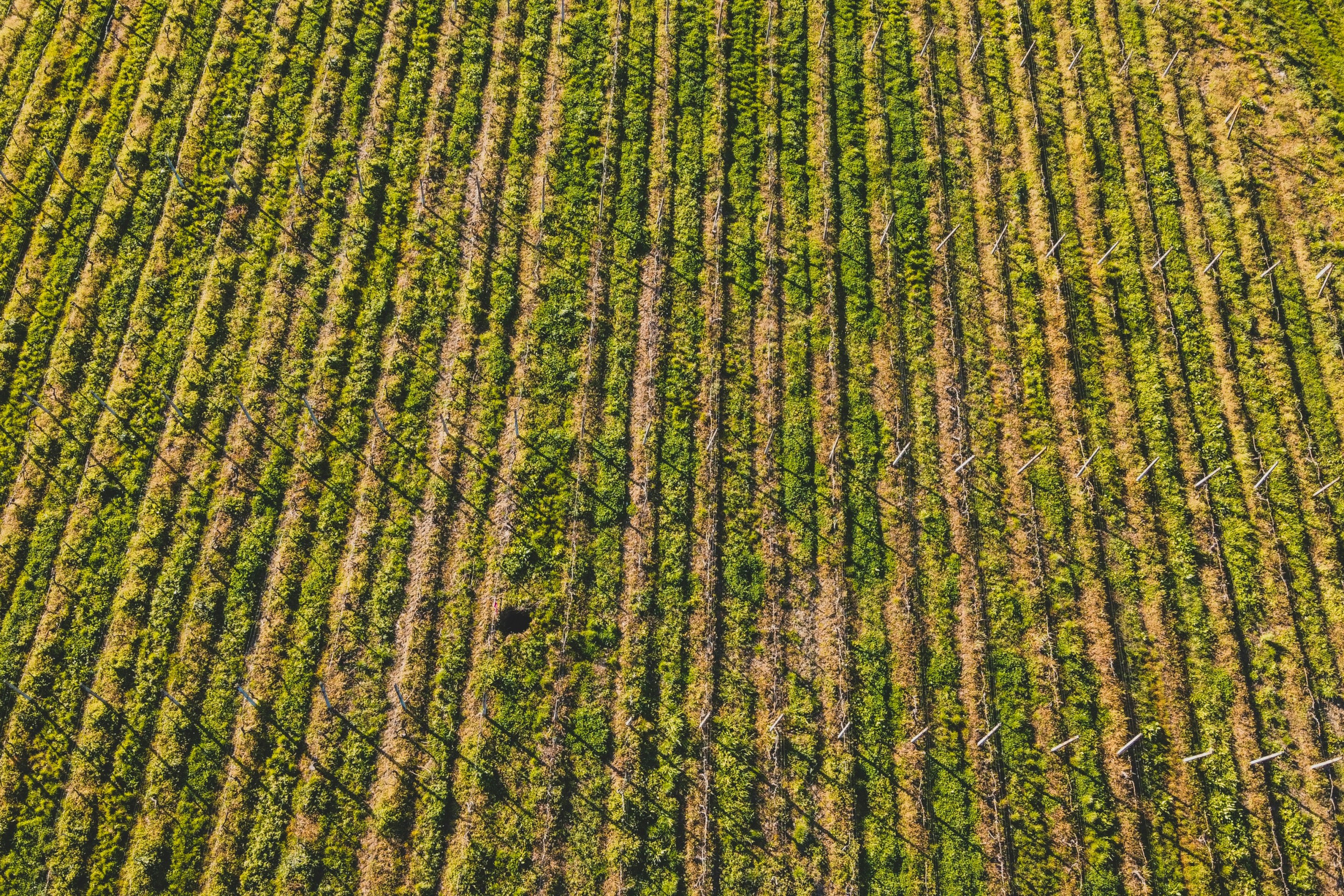Nearly 66 million Americans, about 20 percent of the population, live in rural areas far from airports, rail lines, or frequent public transit. For many, intercity buses are more than a travel option; they’re a lifeline to jobs, healthcare, education, and family. Residents often must travel long distances for essential services, and while other transportation modes don’t reach them, buses can go anywhere roads go.
Despite connecting nearly 95,000 unique origin-and-destination pairs nationwide, intercity buses are largely overlooked in national transportation discussions. This is a missed opportunity for leaders at all levels to strengthen a cost-effective network that serves more communities than any other mode.
The Rural Transportation Gap
Rural mobility differs vastly from urban areas. While most rural residents rely on cars, many households have fewer vehicles than drivers, leaving transportation needs unmet. Public transit is scarce, and long distances make alternatives costly and often unfeasible.
Intercity buses quietly serve as the mobility backbone for rural America. They connect small towns to regional hubs and link these hubs into a national transportation network — all with minimal public funding. But this crucial link is fragile. Without stronger policy support and more effective implementation of existing laws, rural connectivity risks fracturing, cutting off access to economic opportunity and essential services.
A Proven Federal Tool: The Rural Intercity Bus Program
The federal government recognizes intercity buses as vital to interstate commerce and connectivity. Through the Rural Intercity Bus Program — formally Title 49, Section 5311(f) — the Federal Transit Administration sets aside a small amount of rural transportation funds for State transportation departments to support rural intercity bus routes that aren’t commercially viable but are essential for linking communities together via the national intercity bus network.
The program is deficit-funded, which means private bus operators rely first on fare revenue, and federal dollars cover only the shortfall. This structure ensures efficiency, keeps rural lines less dependent on subsidies, and allows the funds to be reallocated to new routes when demand increases.
Funding helps “feeder” routes connect rural communities to the national intercity bus network, efficiently preserving long-distance access, supporting local travel needs, and sustaining the broader system by feeding demand into long-haul corridors, thus providing affordable transportation for those who rely on it.
However, implementation challenges limit the program’s impact.
States typically fund services only within their borders, yet rural travel often crosses state lines. They can certify that intercity bus needs within their state are being adequately met and divert funds away from the program — even when service and infrastructure gaps exist. And some projects funded under 5311(f) fail to make “meaningful connections” to the national network, undermining the law’s purpose.
Unlocking the Opportunity
The 2026 surface transportation reauthorization bill is a chance to modernize Section 5311(f) and align it with today’s rural needs. Here are some targeted improvements that could dramatically increase the program’s effectiveness:
- Boost funding to connect isolated communities.
- Prevent or discourage States from diverting funding away from rural intercity bus services when unmet needs exist.
- Support interstate rural routes that reflect real travel patterns beyond a state’s borders.
- Define “meaningful connections” to ensure funding supports true integration of rural feeder buses into the broader national network.
- Invest in infrastructure through public-private partnerships to create safe, accessible facilities—such as park-and-ride lots, intermodal hubs, and curbside stops—in both rural and urban areas.
- Ensure reasonable access for intercity buses at public transportation and passenger rail terminals—keeping costs fair and investing in maintenance and security.
These reforms don’t require new systems or massive spending — and they would unlock the full potential of a network already in place.
Why It Matters
A stronger rural intercity bus system benefits local communities nationwide. Reliable connections expand access to jobs, education, and healthcare, support rural economies, and reduce isolation.
In states like North Carolina, Texas, and Washington, targeted 5311(f) investments have increased ridership, strengthened regional ties, and improved service. Yet many communities remain cut off or underserved, including rural areas between the Pacific Northwest and Southern Rocky Mountains, and many between the Midwest and Southeastern States.
Intercity buses offer an efficient, affordable, and fiscally responsible solution hiding in plain sight. To reconnect rural America, federal programs must better reflect how people travel and where they live.
Modernizing America’s rural intercity bus program and addressing implementation barriers will preserve the national bus network, expand opportunity, and ensure rural communities aren’t left behind.
The road to rural connectivity already exists. It’s time to make it a priority.






